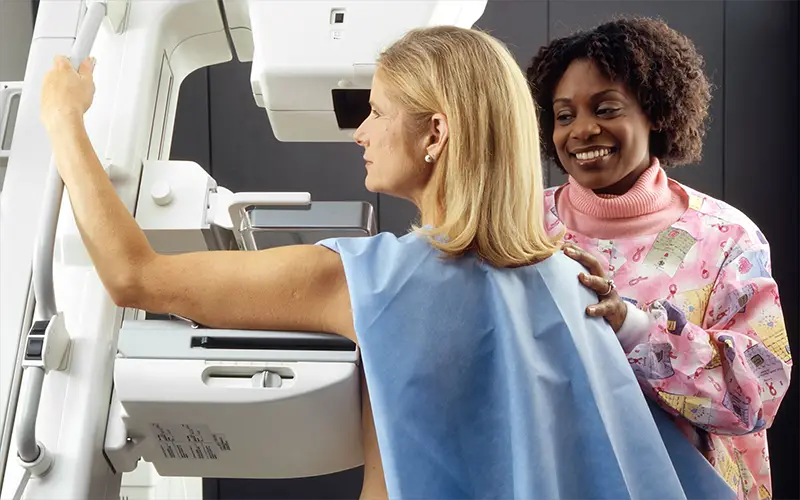Medical devices and wearable technology have revolutionized healthcare by enhancing diagnostic capabilities, improving patient monitoring, and facilitating personalized medicine. This article explores cutting-edge innovations in medical devices and wearable technology, their impact on healthcare delivery, and the future of digital health technologies.
Evolution of Medical Devices and Wearable Technology
- Diagnostic Devices: Advanced imaging technologies, such as MRI (Magnetic Resonance Imaging), CT (Computed Tomography), and ultrasound, enable non-invasive visualization of internal structures, aiding in accurate diagnosis and treatment planning.
- Therapeutic Devices: Innovations in therapeutic devices include implantable medical devices (e.g., pacemakers, insulin pumps) and targeted drug delivery systems that enhance treatment efficacy and patient outcomes.
- Wearable Technology: Wearable devices, such as smartwatches, fitness trackers, and biosensors, monitor physiological parameters (e.g., heart rate, blood pressure, glucose levels) in real-time, promoting proactive health management and early detection of medical conditions.
Applications of Medical Devices and Wearable Technology
- Chronic Disease Management: Wearable devices support remote patient monitoring and disease management for chronic conditions, such as diabetes, hypertension, and cardiac disorders, by collecting continuous data and facilitating timely interventions.
- Telemedicine and Remote Care: Telehealth platforms integrate wearable technology to enable virtual consultations, remote diagnostics, and real-time data transmission between patients and healthcare providers, improving access to healthcare services and continuity of care.
- Personalized Medicine: Genetic testing devices and biomarker assays facilitate personalized treatment strategies based on individual genetic profiles, disease susceptibility, and therapeutic responses, optimizing treatment outcomes and minimizing adverse effects.
Impact on Healthcare Delivery
- Enhanced Patient Engagement: Wearable technology empowers patients to actively participate in their healthcare management, track health metrics, and adopt healthier lifestyle behaviors through personalized feedback and motivational incentives.
- Data-driven Decision Making: Real-time data analytics and predictive modeling algorithms leverage wearable technology data to support clinical decision-making, customize treatment plans, and improve healthcare outcomes.
- Cost Efficiency and Resource Optimization: Remote monitoring and early intervention enabled by wearable devices reduce hospital admissions, healthcare costs, and resource utilization, while enhancing patient safety and care coordination.
Future Trends and Innovations
- Artificial Intelligence (AI) Integration: AI-powered algorithms enhance the capabilities of medical devices and wearable technology for predictive analytics, disease prediction, and personalized healthcare recommendations.
- Miniaturization and Connectivity: Advances in miniaturization and wireless connectivity enable the development of smaller, more portable medical devices and seamless integration with digital health platforms, enhancing user comfort and accessibility.
- Regulatory Landscape and Ethical Considerations: Addressing regulatory challenges and ethical implications, such as data privacy, security, and informed consent, in the deployment and adoption of medical devices and wearable technology.
Challenges and Opportunities
- Interoperability: Ensuring compatibility and interoperability between different devices and healthcare systems to facilitate data exchange, interoperability standards, and integration into electronic health records (EHRs).
- User Acceptance and Adoption: Promoting user acceptance and adherence to wearable technology through user-friendly design, education, training, and addressing concerns about data accuracy, reliability, and usability.
Bottom Line
Innovations in medical devices and wearable technology are transforming healthcare delivery, enhancing patient monitoring, and promoting personalized medicine. By embracing digital health technologies, healthcare providers, researchers, and policymakers can harness the potential of medical devices and wearable technology to improve patient outcomes, optimize healthcare delivery, and advance the future of healthcare innovation.
